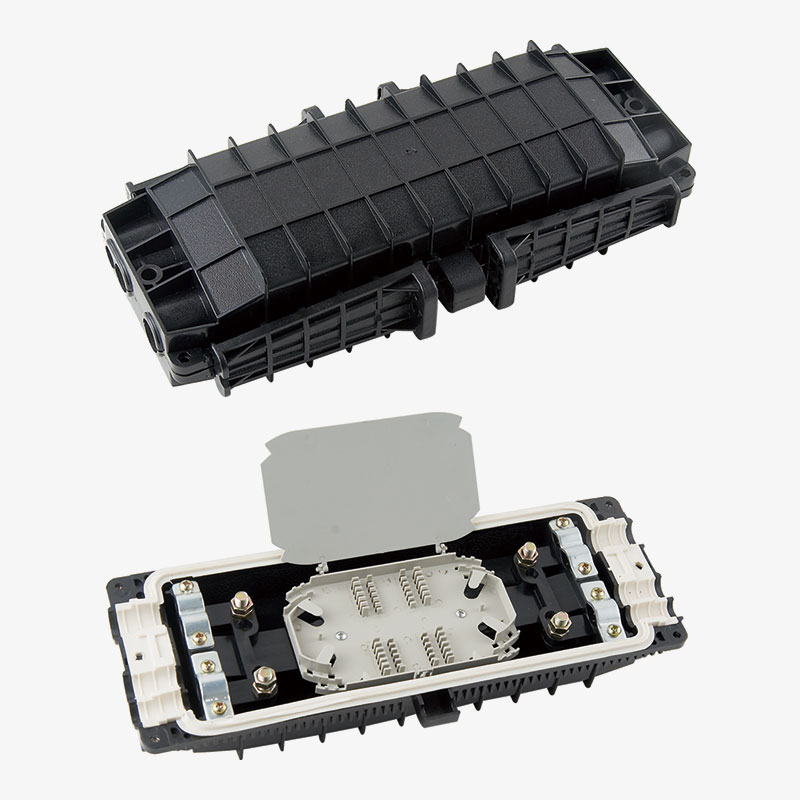Optical closures are vital in any fiber optic network. They provide safe connections for optical fibers, allowing proper splicing of the cables. They also protect the fibers from external factors. They are available in different styles, sizes and capacities.
The type of cable that is used for splicing is also a factor in the design of the fiber optic closure. If the cables are wet or have an irregular shape, they may damage the fibers. The closures must also be able to withstand harsh conditions.
Fiber optic splice closures have two main types: horizontal and vertical. Horizontal types are usually made of high-tensor plastic. They are also available in waterproof versions. They can handle up to 106 kph pressure.

Vertical fiber optic splice closures are usually dome-shaped. They can be installed on poles, in wall-mounts or on a pipeline laying way. They are firm in their structure and provide a great deal of optical strength.
The number of ports that are available in a closure depends on the capacity of the network. Some manufacturers reduce the port size for branch cables. This helps to keep the physical size of the box to a minimum.
There are also fiber optic closures that have a locking mechanism to keep unauthorized users from entering the system. Depending on the application, a closure may also need C-cement or specialized sealing tape.
When choosing a closure, it is important to consider how the network will grow. If the network is expected to expand, you may need to purchase a closure with a larger capacity. You may also need to consider how easily the closure can be opened.